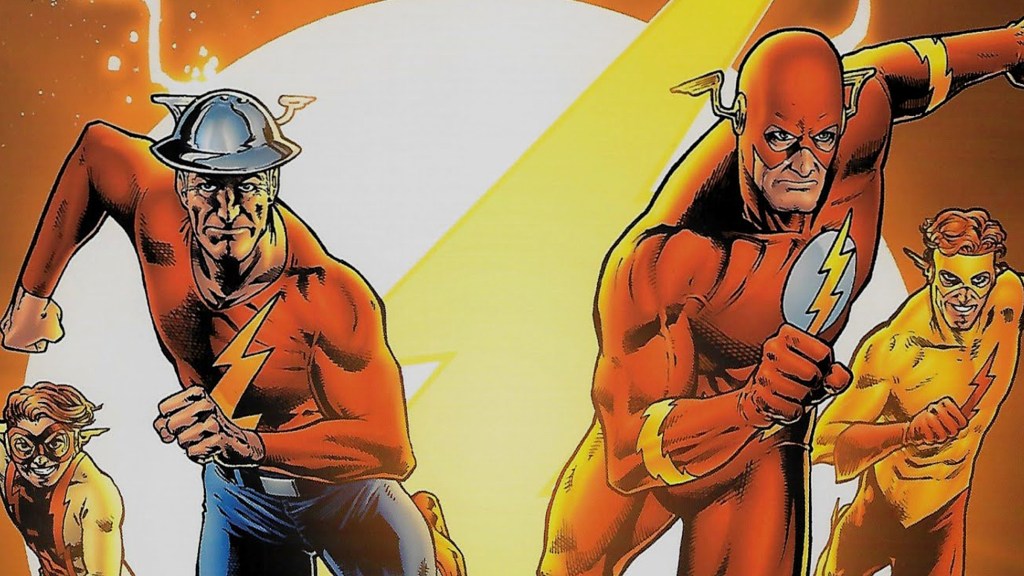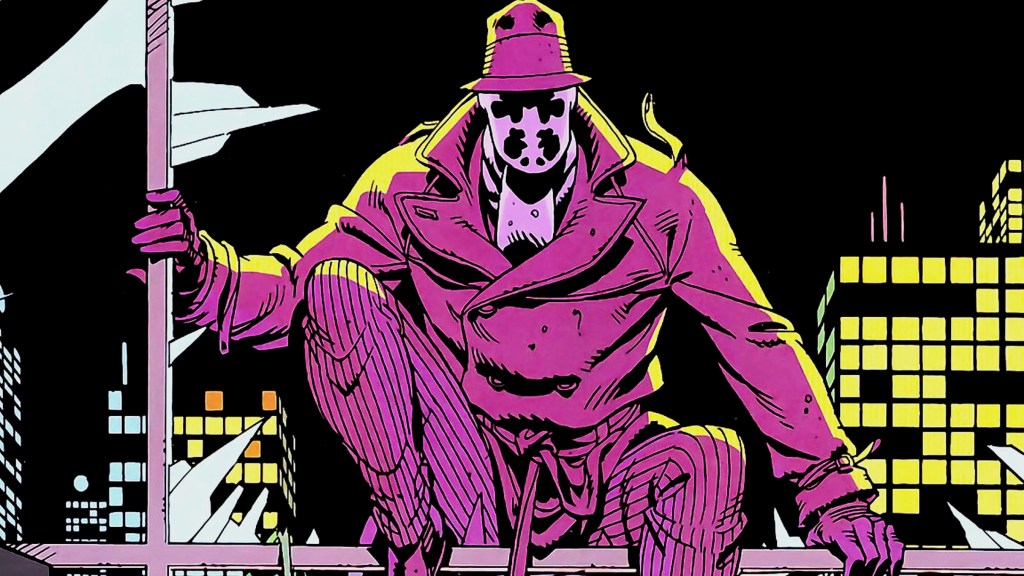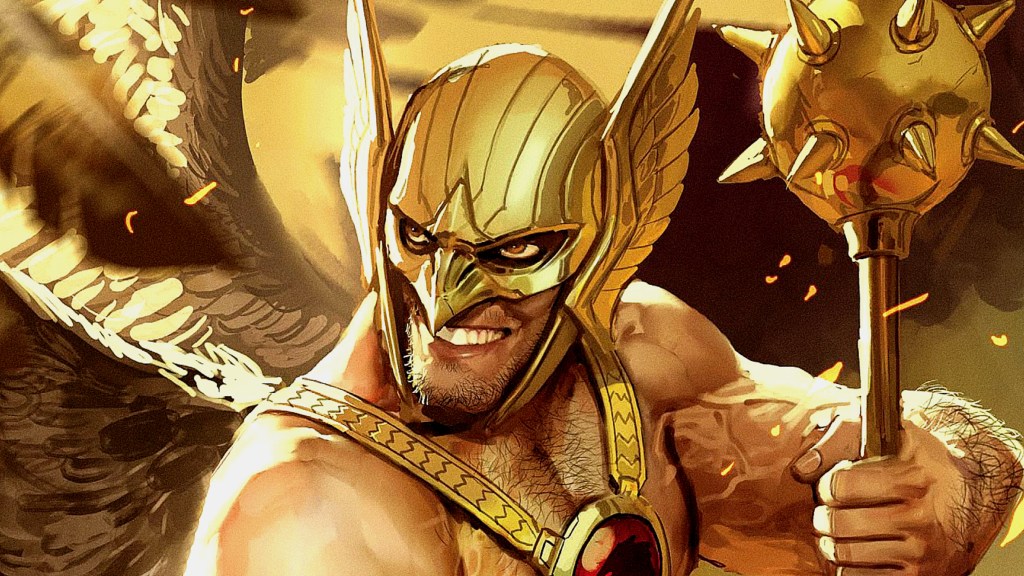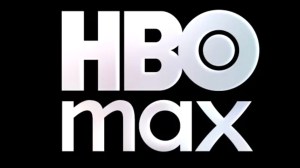If there is one organization closely tied to the existence of comic books, superheroes, and superhero comic books, it is DC Comics. It has not only been present at the creation of both but has also played a fundamental role in their establishment and development. Naturally, its prominence in comic books and superheroes stems from the decisions and choices made by its leaders — usually the editors overseeing the creative staff — over the years. For DC, this group of leaders is a veritable who’s who, a low-key assembly of comic book and superhero pioneers. Indeed, while Marvel’s executives were known for cultivating larger-than-life personas — more Bruce Wayne than boardroom — DC’s leadership has traditionally embodied the mild-mannered ethos of Clark Kent.
Videos by ComicBook.com
From its earliest days as a fledgling publisher navigating the pulp magazine market, DC Comics has been shaped by a succession of visionaries whose decisions defined—and often redefined—the superhero genre and the company’s legacy. Below is the full list of editors, owners, and executives, ranked by the impact they have had in helping DC Comics develop into the global comic book powerhouse it is today.
6) Marie Javins (2020-Present)

In a world where the responsibilities of an editor-in-chief extend far beyond ensuring great content is produced in a timely fashion, Javins is well-equipped to serve as the “responsible person” for the DC creative team. A fan of superhero comic books since childhood, Javins joined Marvel as an editorial assistant after graduating from college. From that starting point, she worked her way up to editor and colorist. Her responsibilities also included recruiting talented creators such as Warren Ellis to the Marvel family. After a multi-year sabbatical during which she authored several books, she returned to comics in 2009 as an executive editor for DC, overseeing Justice League and launching DC’s Super Hero Girls animated series.
After a corporate reshuffling in 2020 that saw much of DC’s upper management leave, Javins was appointed editor-in-chief. Despite being in the position for just a few years, Javins’ prior experience in the comic book industry has led to several key impacts on the business. First, her previous role as the head of Digital Strategy at DC has helped her broaden and deepen the company’s digital footprint, which will be absolutely critical to DC’s success going forward, especially as the industry continues its transition to a digital-first environment.
She has also pushed for a reaffirmation of the traditional focus on youth by developing titles and events aimed at young readers. Moreover, her reputation as a flexible and knowledgeable leader has generated positive sentiment within the industry, once again making DC one of the more attractive places to work for young talent – the lifeblood of the comic book world.
5) Paul Levitz (2002-2009)

As a child, Levitz’s love of reading led to an interest in comic books, which quickly grew into a passion. Indeed, as a high school student, he used his own money to purchase the rights to publish the formerly popular but then-defunct fanzine, The Comic Reader (TCR). Under Levitz’s management, TCR became one of the most popular sources of comic news in the country and laid the foundation for the comic news industry.
Naturally, this led to important connections with comic book publishers, including DC, which ultimately offered him a job as an assistant editor. Within a few years, he was promoted to editor of some of DC’s top-level titles, including Batman. He was also given the opportunity to write, a position in which he co-created characters such as Stalker and Huntress. After over two decades at DC, he was finally promoted to the position of editor-in-chief in 2002.
Before becoming editor-in-chief, Levitz’s impact on DC was already remarkable. He spent decades exclusively at the company, and his deep institutional knowledge was phenomenal. He was instrumental in bringing several talented creators — such as Marv Wolfman, Alan Moore, and George Pérez — into the DC fold. As editor-in-chief, Levitz focused on helping DC adapt to a new reality: its expansion into alternative media. Under his direction, the company leaned heavily into film, television, and video games. Levitz was also a driving force behind DC’s embrace of graphic novels and trade paperbacks, a strategic choice that helped attract an older, adult audience.
4) Bob Harras – Jim Lee – Dan DiDio (2010-2020)

Bob Harras served as editor-in-chief during this period, though his decision-making is generally viewed in conjunction with that of Jim Lee and Dan DiDio, who, as DC’s co-publishers at the time, held significant influence over the company’s creative direction. All three brought extensive top-level experience: Harras had previously served as Marvel’s editor-in-chief, Lee had run his own publisher, WildStorm Productions, for over a decade, and DiDio had spent more than eight years as DC’s vice president of editorial. Together, their combined expertise shaped one of the most revolutionary — albeit divisive — eras in DC’s history.
Perhaps the most obvious hallmark of this period was DC’s reliance on line-wide crossovers and relaunches, from Blackest Night to Rebirth. These events revitalized the DC Universe, generating major publicity and bringing in both new and returning readers. The era also reflected Jim Lee’s influence on the company’s artistic style and identity. The era also helped push DC further into the digital comics space. Most significantly, it oversaw the unprecedented New 52 relaunch, which reset the entire DC publishing line at once.
At the same time, the period was marked by internal tensions and external challenges. Many creators chafed under increased editorial control and shifting mandates. Fans grew frustrated with the abrupt erasure of legacy characters and history, the confusion introduced by the New 52 continuity, and the constant sense of uncertainty about the direction of ongoing titles. While the era brought short-term excitement and bold experiments, it also left long-term questions about consistency, stability, and trust in DC’s brand.
3) Irwin Donenfeld (1952-1968)

With the Golden Age of superhero comics fading and the public shifting toward other genres – like tales of the Old West and science fiction adventures – National and its editorial director, Irwin Donnenfeld, found themselves at a crossroads. Irwin, the son of publisher Harry Donnenfeld, had been an executive and co-owner of the company since returning to civilian life after World War II. Rather than chasing the popular trends, Donnenfeld chose to double down on National’s superhero properties. To test whether superheroes still resonated with readers, he greenlit a new Flash story. But the creative team assigned to the project — Julius Schwartz, Gardner Fox, and Robert Kanigher — opted for something bold. In what may have been the first true superhero reimagining, they updated the Flash for a new era. The result was Barry Allen’s Flash, a modern update that turned out to be a breakout success.
Realizing that the “new superheroes” were the way forward, Donnenfeld pushed for similar updates to National’s library of superheroes, including Superman, Wonder Woman, and Batman. Just as National and the older Donenfeld had ushered in the Golden Age of superhero comics, National and the younger Donenfeld similarly ushered in the Silver Age. Indeed, by the dawn of the 1960s, superheroes were cool again, and National was at the center of all the resurgence.
One practice that defined Donenfeld’s tenure as editorial director was his rigorous use of analytics. He meticulously tracked sales figures to determine which comic books were successful and which were not. High-performing titles were used as models; their successful elements were studied and often replicated in less popular comics. As reported on the Tom Brevoort Experience, Donenfeld even compiled his insights from this data into a guidebook to help his editors and creative teams produce comics that would sell well. Consequently, the reimagining of National’s superheroes was not a one-time event but an ongoing process, continually revitalizing titles, characters, and even covers whenever their popularity waned.
2) Jenette Kahn (1976-2002)

When National hired Kahn to be its publisher, the comic world was shocked. Not only was she a woman, the pushback claimed, but she was also under 30 years old. But what many people did not know at the time was that while she was young, she was also remarkably accomplished. After graduating from college, instead of seeking employment with an existing company, Kahn launched her own business centered on her passions: art, children’s issues, and publishing. In fact, by the time National approached her, Kahn had already founded and successfully run three critically acclaimed children’s magazines.
At that point, National was no longer an independent company but a division of the entertainment conglomerate Warner Bros. The Warner Bros. leadership viewed National as a “children-focused” division and saw Kahn as the ideal candidate to lead it. Despite her lack of experience in comic books, her deep understanding of children’s media and her entrepreneurial success made her an obvious choice. Their instinct proved correct.
Over the next 26 years, Kahn expanded her power from publisher to president to editor-in-chief (a position she created). Along the way, she changed the company’s name from National to DC, revamped the editorial process, hired top talent who were leaving Marvel, and introduced new titles and new media, such as graphic novels. She also helped create a more equitable and harmonious work environment by supporting creators’ rights and diversifying the staff, which included bringing in international talent like Alan Moore and Grant Morrison. Her tenure at DC was one of the most transformative periods in the company’s history and largely defined how we see and perceive DC Comics today.
1) Max Gaines – Harry Donenfeld – Jack Liebowitz (1934-1944)

Gaines wasn’t just influential in the development of DC Comics — he played a pivotal role in the very existence of the superhero comic book. He not only pioneered the precursor to the modern comic book format — a standalone, folder-like publication that compiled newsprint comic strips under a single cover — but also co-published All-American Publications, one of the earliest companies to produce superhero comics. The idea for a “comic book” came to Gaines while working at a newspaper that printed comic strips. He realized that collecting these strips into a single volume could be both popular and profitable. And with that insight, the comic book was born.
Gaines would later go on to co-publish Famous Funnies, considered the first successful comic series. All-American, which he co-founded with Jack Liebowitz, was a sister company to National Allied Publications, which was owned by Harry Donenfeld and Liebowitz. Another superhero comic pioneer, Malcolm Wheeler-Nicholson, founded National Allied, which published the first comic book to offer original – rather than reprinted – content. Eventually, Donenfeld and Liebowitz bought National Allied from Wheeler-Nicholson. At that time, the company was developing several superhero stories. It later introduced the first comic book superheroes: Superman and Batman.
Donenfeld ultimately bought out Gaines’s interest in All-American, but not before the company created iconic heroes such as Wonder Woman, Green Lantern, and Hawkman. The consolidation of All-American, National Allied, and another publisher, Detective Comics — which was also owned by Donenfeld and Liebowitz — would eventually evolve into the company known today as DC Comics.
What do you think? Let us know in the comments.









